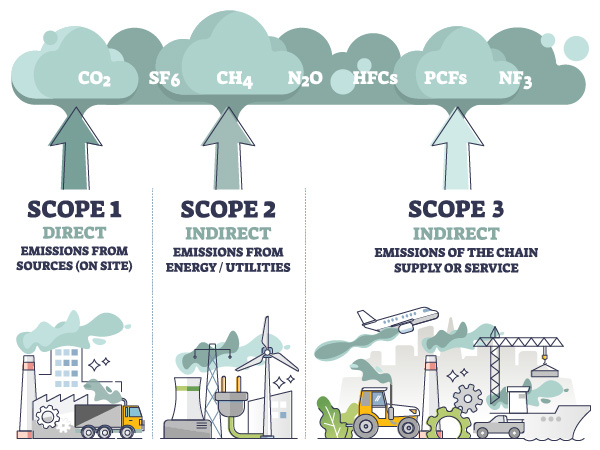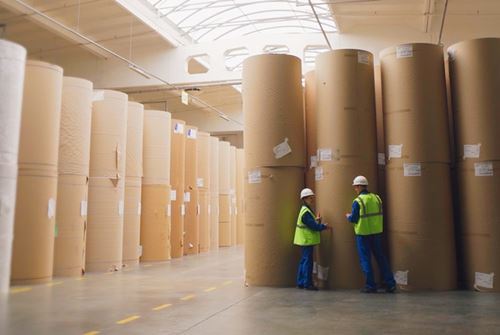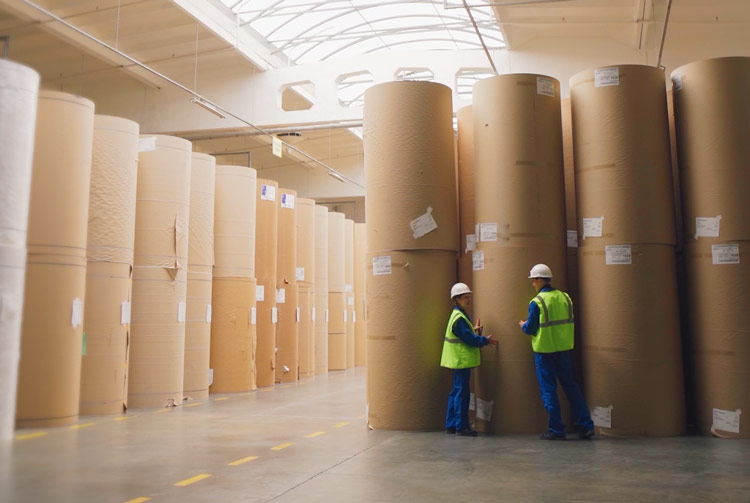
Transforming supply chains: a comprehensive approach to sustainability
Integrating environmental, social, and economic goals into supply chain planning
Achieving sustainability in supply chains goes beyond addressing visible issues like waste reduction or energy efficiency. A truly sustainable supply chain requires managing emissions across all scopes, addressing environmental impacts holistically, and aligning with broader goals like the United Nations’ Sustainable Development Goals (SDGs). It’s a multifaceted challenge that demands advanced tools, data-driven decision-making, and organizational maturity.

Managing emissions across all scopes
When it comes to environmental factors such as emissions, the footprint clearly extends beyond the so-called scope 1 and 2 emissions that are directly or indirectly owned or controlled by the company. It also includes scope 3 emissions from sources not owned or controlled by the company but still resulting from its activities, such as from suppliers, logistics partners, and product end-of-life processes.
In addition to environmental impact, supply chains touch on almost every challenge identified in the United Nation’s Sustainable Development Goals (SDG), which also encompass social and economic development targets. They are arenas of economic growth and social interaction, providing opportunities for action in areas such as diversity, well-being, personal development, equality, and more.

Cascading sustainability impacts
For sustainability efforts to succeed, businesses must understand the ripple effects of their decisions across the supply chain. Green Planning integrates additional data sets into a company’s master data, enabling calculations and comparisons of sustainability impacts at every level. For example:
- Materials: What is the impact of using one material over the other?
- Logistics: How does transportation by truck compare to rail in terms of carbon emissions and other ESG criteria?
- Production: What are the downstream effects of shifting production to a different machine or facility, knowing that it might involve consuming different or additional materials, piling up products in different places, changing the mode of transportation, and other consequences?
- Processes: How do changes in production processes affect energy use, material consumption, and emissions?

Advanced tools like OMP’s telescopic digital twin help planners navigate these complexities by aggregating data, offering high-level insights while allowing users to drill down into specific details.
Using data to drive decisions
Data science plays a key role in defining reasonable values and actionable insights when precise data are unavailable. By leveraging historical data, comparisons with similar processes, and advanced algorithms, planners can create reliable benchmarks for sustainability metrics.
The telescopic digital twin is a window into sustainability costs
Once these data are in the system, users can see the impact of plans or scenarios, and the telescopic digital twin allows them to drill down to the underlying details showing where the impact of certain decisions or constraints comes from. In the next step, the data will also be used as decision criteria, constraints, or factors in optimization algorithms.
Scenarios can be compared and benchmarked against each other, and this can be done on a strategic, tactical, or operational level. The management board can see where it’s smart to invest in new technologies. Sales and operations managers can evaluate and reduce the footprint of the next three-month cycle. And operational planners can tune their plans to sustainability criteria as well as operational considerations.
The move toward more sustainable supply chains comes with risks that could undermine the supply chain’s resilience or flexibility. Green Planning, therefore, empowers managers and planners to assess risks associated with decisions made for sustainability reasons.

A multidimensional tool for a multidimensional problem
The need to make supply chains sustainable is an inherently multidimensional problem requiring a wide range of intelligent tools that act on multiple levels and offer the following functionalities:
- Reporting: This includes daily, weekly, or monthly standard reports as well as customizable reports and search engines with drill-down capabilities.
- Monitoring and alerting: This includes the calculation of indicators as well as alerting mechanisms that call for action in the event of deviations.
- Optimization: This includes mathematical and AI-based calculation engines that allow plans to be adjusted and fine-tuned (automatically or semi-automatically), as well as the development and evaluation of scenarios.
These functionalities are available on all time horizons, from the short-term scheduling of production activities to long-term strategic planning.
The role of organizational and digital maturity
To fully embrace Green Planning, companies require both organizational and digital maturity. Sustainability must become a top priority for teams, managers, and decision-makers, supported by the skills to navigate multidimensional digital solutions.
Organizations already leveraging end-to-end supply chain planning solutions like Unison Planning™ are well-positioned to integrate sustainability into their operations. This transition not only supports long-term ESG compliance but also offers immediate opportunities for differentiation and growth.

Sustainability: a long-term necessity, a short-term opportunity
Are companies already embracing Green Planning? Sustainability is high on the agenda of senior executives. ESG compliance and actions to reach carbon neutrality in 2050 are business-critical and will continue to consume important resources in the foreseeable future.
Compliance will depend for a large part on the sustainability level of the end-to-end supply chain. It is a combination of the right strategic investments in the journey toward 2050 while taking advantage of significant opportunities in the short term. Sustainability will remain a key differentiator for many years to come, and Green Planning can help provide a competitive edge. Companies that are taking the lead today will also develop a better understanding of the possibilities, challenges, and necessities that come with making their supply chain 100% sustainable.
Curious about how Green Planning can elevate your sustainability strategy? Get in touch with our experts to explore tailored solutions for your supply chain.
